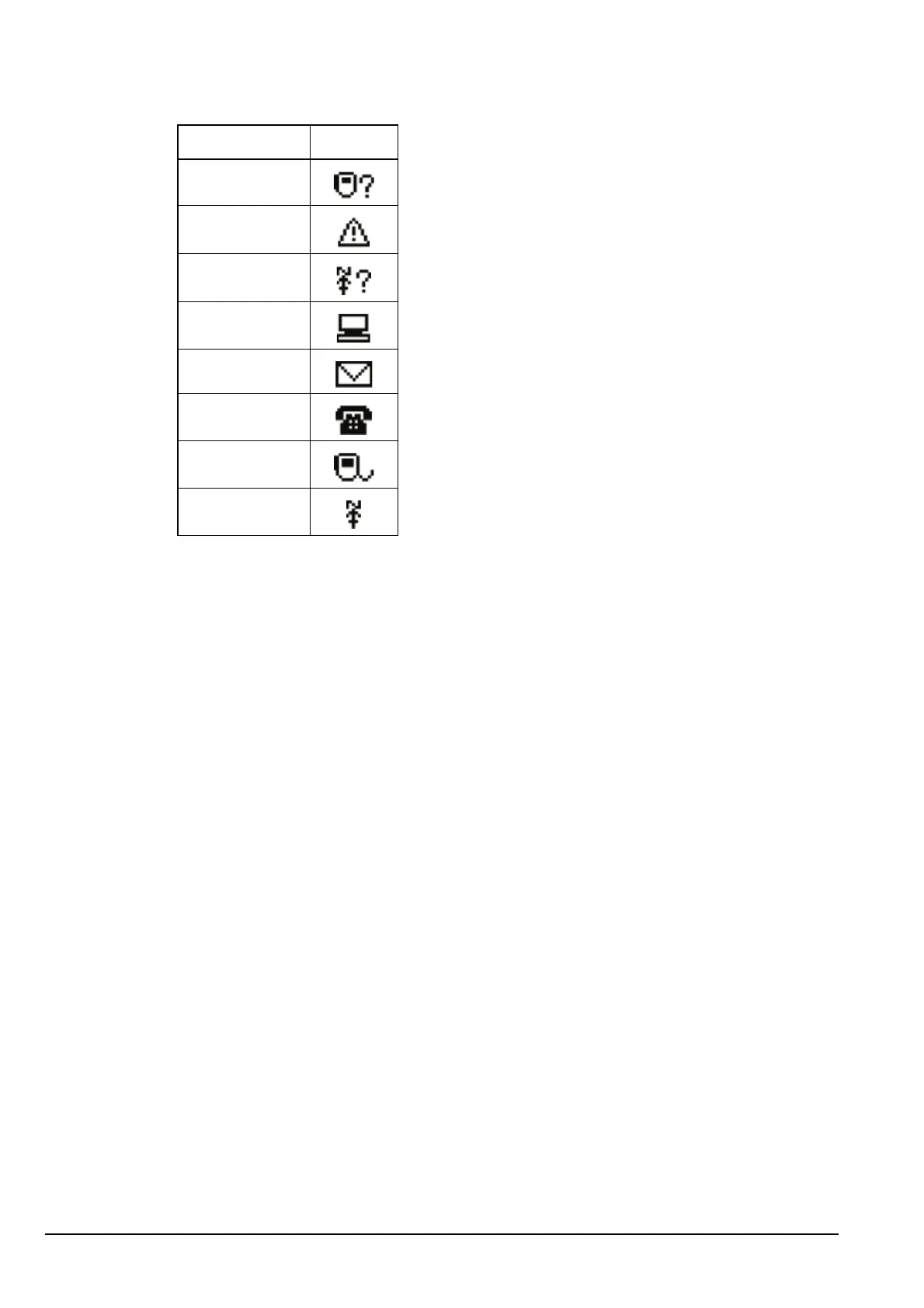Making and receiving calls
194 Manpack Transceiver 2110 series Reference Manual
Each type of call is described below.
Channel Test call
If you want to test the suitability of a channel/mode before you use it to transmit voice or
data, make a Channel Test call to a specific station.
In an ALE/CALM network, a Channel Test call may be sent to an ALE address using a
Group Selective or NET address syntax (if you have the MIL-STD-188-141B ALE
option installed (2110 only)).
A Channel Test call made in an ALE/CALM network with a Group Selective or NET
address may be used to replace the information in the LQA database. The initiating
station automatically sends a beacon on each channel/mode combination in the
ALE/CALM network, recording local and remote BER and SINAD information, and
calculating an LQA score. The LQA screen is visible during the Channel Test call, and at
the end of the call, displays the best channel on which to make the call.
The LQA information recorded during a Channel Test call in an ALE/CALM network
replaces information already recorded for the responding addresses against the same
network in the current time slot. Using a Channel Test call in an ALE/CALM network is
an immediate method of replacing the LQA database in the transceiver.
A Channel Test call made in an ALE/CALM network using the text SOUNDING as the
call address may be used to initiate a sounding operation. Transceivers that detect this
sounding update the relevant information stored in their LQA database.
In a Codan Selcall network, a Channel Test call sends a request to the station you want to
call on the channel/mode you have selected. The receiving station automatically returns
an audible test signal. The volume and clarity of this signal indicates the quality of the
channel/mode.
Table 27: Call types and icons
Call type Icon
Channel Test
Emergency
Get Position
Get Status
Message
Phone
Selective
Send Position
